Whoever is strong will climb the tree, choose branches with many ripe black fruits and drop them down.
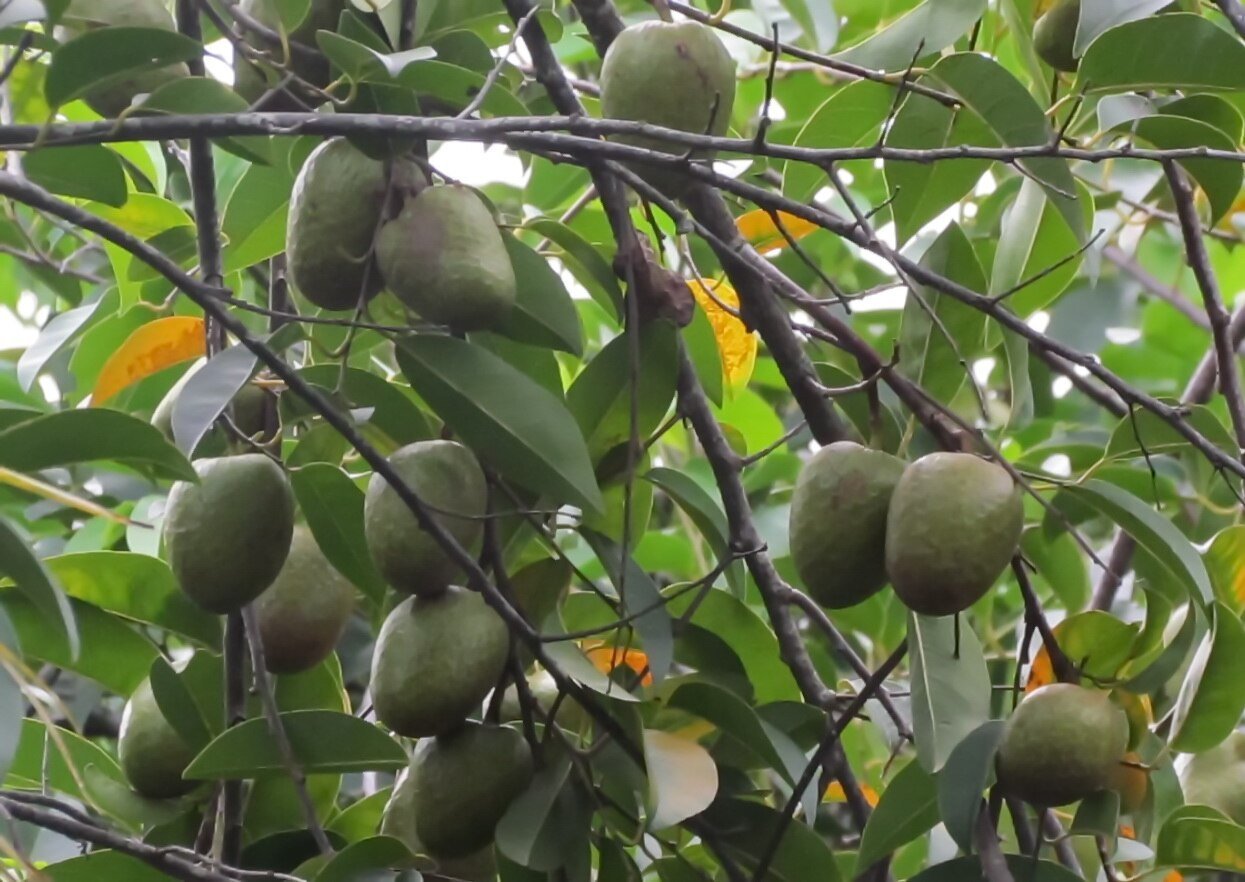
The custard apple tree is heavy with fruit.
When I was a child, fruits were rare. Back then, in my hometown, well-off families with gardens planted bananas, mangoes, jackfruit, star apples, guavas, plums, custard apples… a little of each, mainly for their children and grandchildren to eat.
They only sell them when there is a surplus. The fruits that are sold in the market today such as durian, longan, orange, tangerine, grapefruit, rambutan, mangosteen, grapes... are very rare. Children from poor families who do not have land to grow fruit trees (including my brothers and I) wade down to the riverbank, or invite each other to "go to the forest" to pick wild fruits.
My hometown has both rivers and mounds. Before, there were many trees on both sides of the village roads and a few small clusters of shoots remained.
These were quite attractive places that we, the poor children, often visited. In the rivers and canals, there were betel, myrtle, ca na, myrtle, and mua… On the hills, there were notable fruits such as longan, longan, cold rice, duoi, and fish sauce…
The fruit is the eldest in size, delicious (delicious according to us poor children at that time), and filling in its wild relatives, the custard apple.
In my hometown river area, there are many wild custard apple trees. Around the fifth and sixth lunar months, custard apples ripen, the fruits are large, sometimes as big as a calf. The unripe fruit has a dark green skin, when ripe it turns yellow, quite eye-catching.
Ripe fruit, the flesh of custard apple is pale yellow, has many seeds, and tastes sweet and sour. Back then, when going to cut grass, fishing, or hunting field mice... while tired and hungry, "picking up" a ripe custard apple from the tree would make the children (including adults)'s eyes light up. Because eating it would relieve hunger and fatigue immediately.
On hot summer afternoons, some families "play it cool" by taking ripe star apples, removing the pulp, peeling them, putting them in a basin, buying crushed ice cubes to add, adding a little sugar... the whole family gathers around to enjoy.
During the custard apple season, before the sun rises, my brothers and I, as well as many neighborhood children, gather to pick "boxy" custard apples (slightly yellow-skinned, not yet fully ripe) to bring home (usually for one day and one night).
Those who had a sampan rowed along the banks of the canals, those who did not have a sampan walked along the banks of the canals looking for custard apples. Although there were not as many as before, today the rivers and canals of my hometown still had custard apple trees. When the custard apples ripen, no one went looking for them anymore.
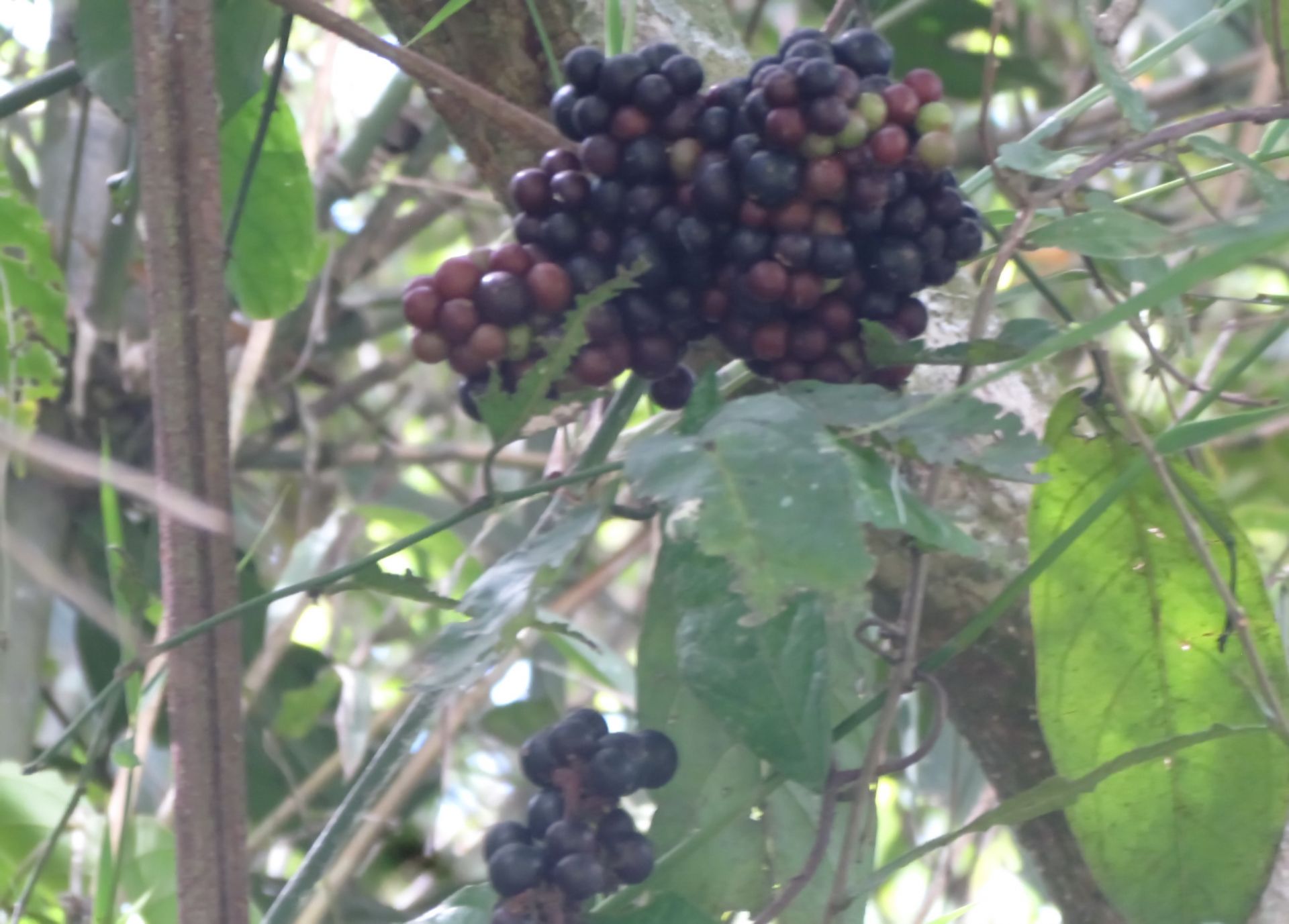
Forest fruit.
The second fruit we came across in the river area was the ca na tree. At that time, there were many tall ca na trees on the banks of the canals. There were two types of ca na, one that bore sour fruit and one that bore bitter fruit. The sour ca na fruit had a sour taste from the time it first formed until it was ripe.
Bitter star fruit has a bitter taste from the time it is first “formed” until it is ripe. When ripe, the star fruit is less bitter and more fragrant. The star fruit grows wild, and anyone can pick as much as they want.
The landowners who grew the eggplant trees did not complain. On mid-summer afternoons, my brothers and I, along with the neighborhood kids, would get together to pickle some salt and chili, and walk along the canal banks to find ripe eggplant trees with sour fruit to pick. We also picked bitter eggplants to pickle and eat.
Through the process of reclamation, today on the banks of the canals of my hometown, the ca na tree has become scarce. Anything rare is precious. In recent years, not only have people preserved it, but some have also planted new ca na trees.
Along with the star fruit and bottle gourd, there are also many large star fruit trees on the banks of the canals. During the rainy season, the star fruit turns black on the trees, and my brothers and I and many other children often invite each other to pick them. Those who are “strong-handed and strong-legged” climb the trees, choose branches with many ripe black fruits, and drop them down.
The children on the ground gathered them up, then gathered around to eat together. After eating, they took turns sticking out their tongues. The child with the blackest tongue had eaten more.
We also often rowed our canoes to the guava bushes. Not only did we pick the young leaves to eat, but we also looked for ripe guava fruits. The guava fruit was as big as an adult's big toe. The ripe fruit had soft skin and was spongy and sweet. We also did not miss the mua fruit.
Along the banks of the canals and fields in my hometown, there are many purple mua trees. Ripe mua fruit has black flesh and tastes sweet and sour. When walking in the fields and seeing a mua tree with ripe fruit, we kids are ready to rest our feet, let our hands work and our mouths enjoy the ripe mua fruit.
When we weren’t looking for fruits from the river, we went to look for fruits on the hills. At that time, the village roads, hamlets, and villages in my hometown hadn’t been widened. There were still many forest trees on both sides of the road. In addition, there were also a few small clusters of shoots.
This was a place for us poor kids to stroll and enjoy wild fruits. The biggest fruit on the hillside was the mangrove fruit.
The mangrove tree is tall and has thorns, so it cannot be climbed. The small mangrove fruit is green, but when ripe it turns a deep red, as big as a thumb. The fruit has many black seeds, like basil seeds soaked in water. When we were young, we often used the tree to poke the ripe mangrove fruit to eat. The mangrove fruit tastes sour, sweet, and sticky, not tasty.
Today, on the way home, there are still mangrove trees, and many ripe mangrove fruits have fallen, so I guess no child would want to eat them anymore. Next to the mangrove trees, covered with thorns, are tall elm trees with rough trunks and many small branches. The elm fruits are small, ripe, yellow, juicy, and taste bland.
On the elm trees, many wild starfruit vines hang. The starfruits grow in clusters like grapes.
When young, the fruit is light green, when ripe it is pinkish red, and when ripe it is dark brown. The pulp is purple. Unripe fruit is itchy to the throat. Ripe fruit is juicy, sour and sweet.
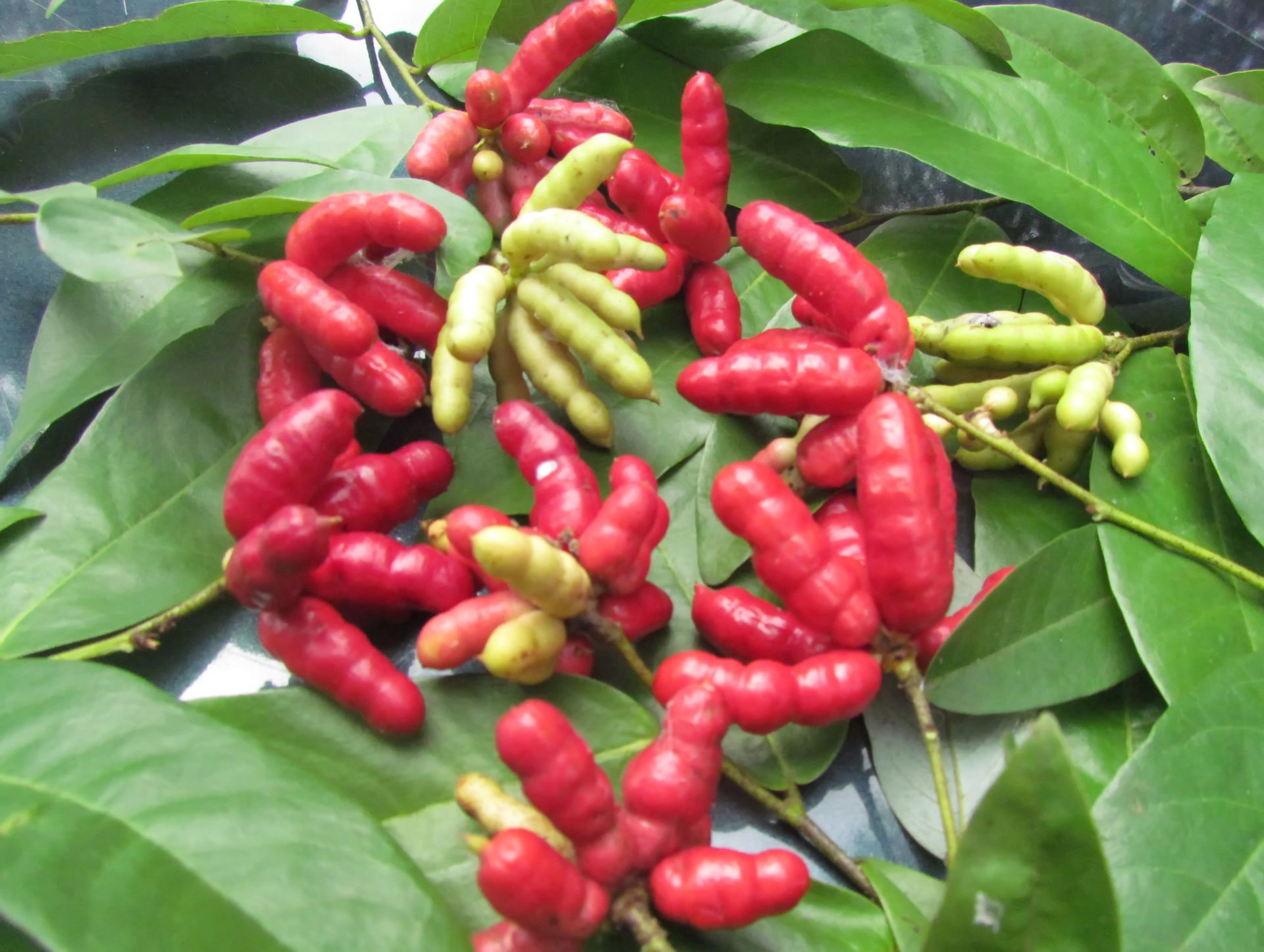
Longan fruit.
The longan tree is small and can be picked by children standing on the ground or by hooking down to pick it. The longan fruit is round and small, about the size of the tip of a little finger, and is straw yellow when ripe. The fruit is small but has large seeds, and the flesh of the longan fruit is thin, white, and juicy.
As soon as the skin is pressed, the juice inside squirts out. The longan is sweeter than the duoi or mam fruit, and it is easy to pick, so we like it very much. The bush is the longan tree.
Longan fruit grows in bunches, spreading out like a bunch of bananas. Each bunch has five or seven fruits. When ripe, longan fruit is bright red. The fruit has segments like fingers. Each segment is a seed. Ripe longan fruit is sweet to eat… It can be called a bush, but the vine can be called a cloud.
Rattan fruit is round, grows in long clusters, when ripe it is white, has large hard seeds, is sweet and astringent... There are many other types of edible and delicious wild fruits such as cow's udder, cold rice, stork... that when we were children, poor children, we got to enjoy.
Although not as numerous as before, the above mentioned riverside or mound fruit trees still exist.
During the summer months, especially in the summer when the Covid-19 epidemic is complicated, parents can take their children on "small" trips, to "somewhat deserted" places, close to nature. From there, the children will learn about a few types of fruit in nature.


![[Photo] Opening of the World Cultural Festival in Hanoi](https://vphoto.vietnam.vn/thumb/1200x675/vietnam/resource/IMAGE/2025/10/10/1760113426728_ndo_br_lehoi-khaimac-jpg.webp)

![[Photo] Discover unique experiences at the first World Cultural Festival](https://vphoto.vietnam.vn/thumb/1200x675/vietnam/resource/IMAGE/2025/10/11/1760198064937_le-hoi-van-hoa-4199-3623-jpg.webp)


![[Photo] General Secretary attends the parade to celebrate the 80th anniversary of the founding of the Korean Workers' Party](https://vphoto.vietnam.vn/thumb/1200x675/vietnam/resource/IMAGE/2025/10/11/1760150039564_vna-potal-tong-bi-thu-du-le-duyet-binh-ky-niem-80-nam-thanh-lap-dang-lao-dong-trieu-tien-8331994-jpg.webp)

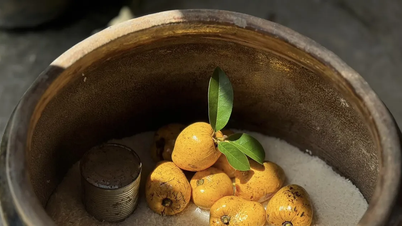







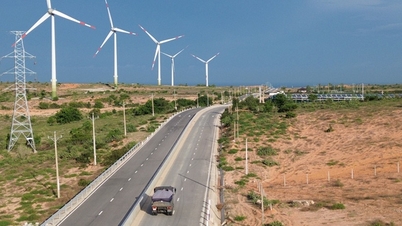

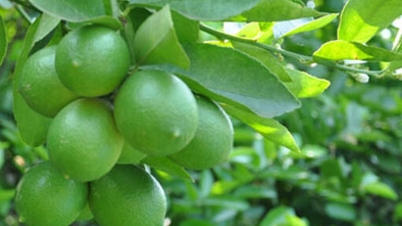

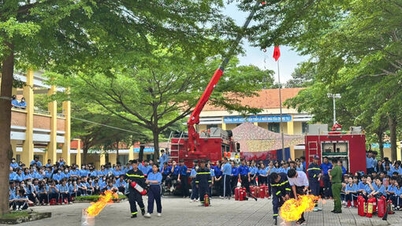












![[Photo] Ho Chi Minh City is brilliant with flags and flowers on the eve of the 1st Party Congress, term 2025-2030](https://vphoto.vietnam.vn/thumb/1200x675/vietnam/resource/IMAGE/2025/10/10/1760102923219_ndo_br_thiet-ke-chua-co-ten-43-png.webp)





























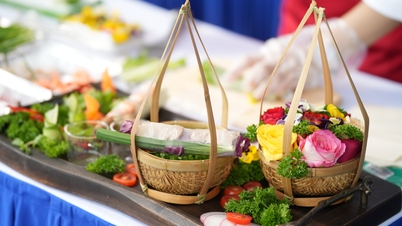

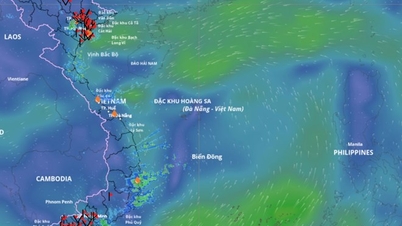









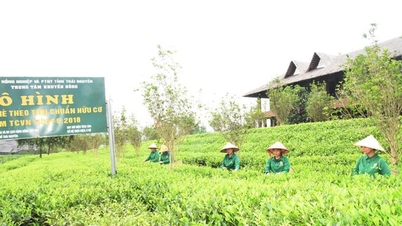




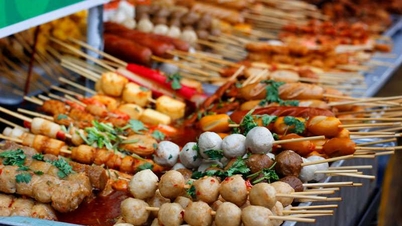






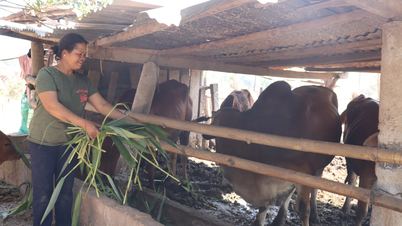














Comment (0)